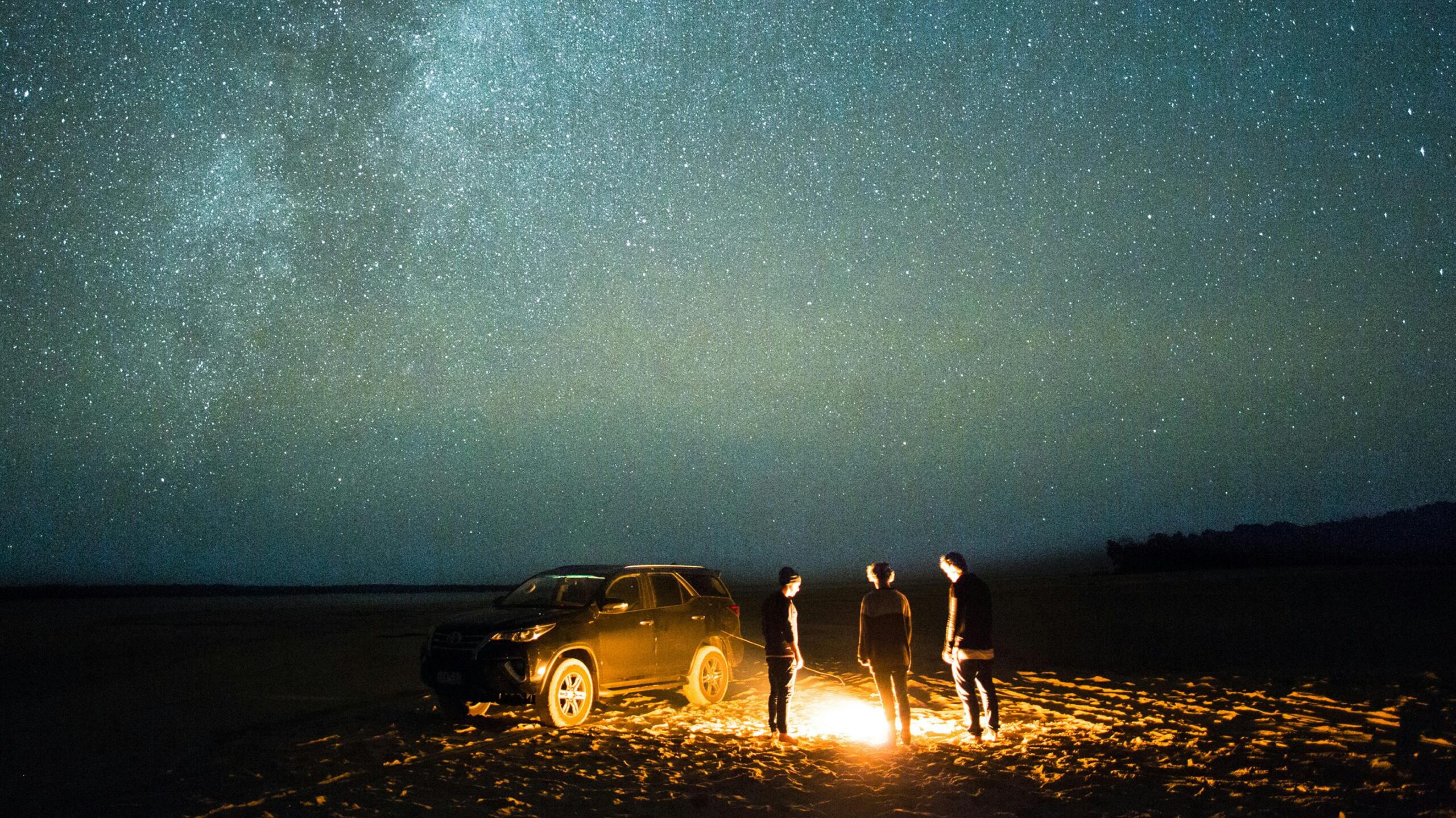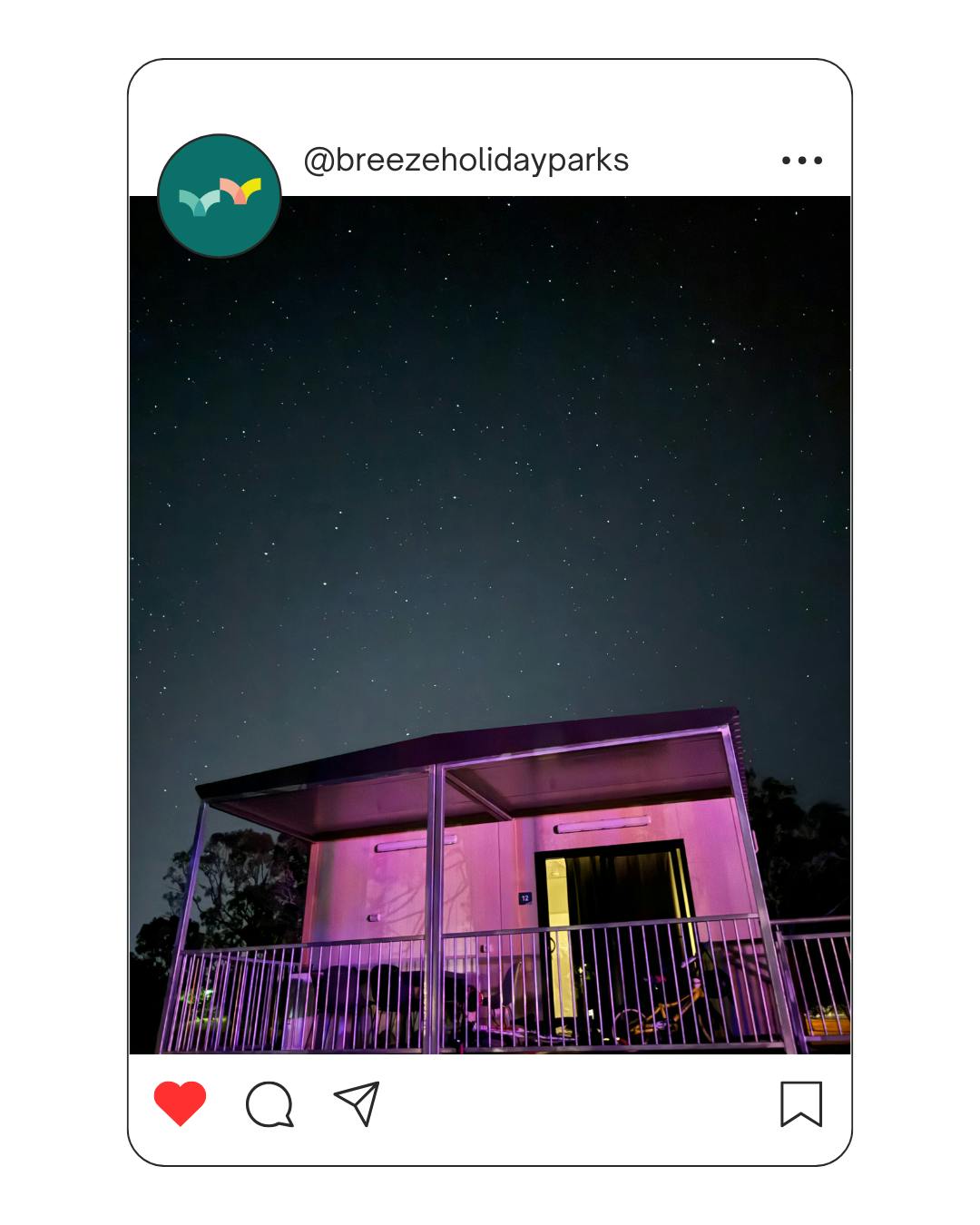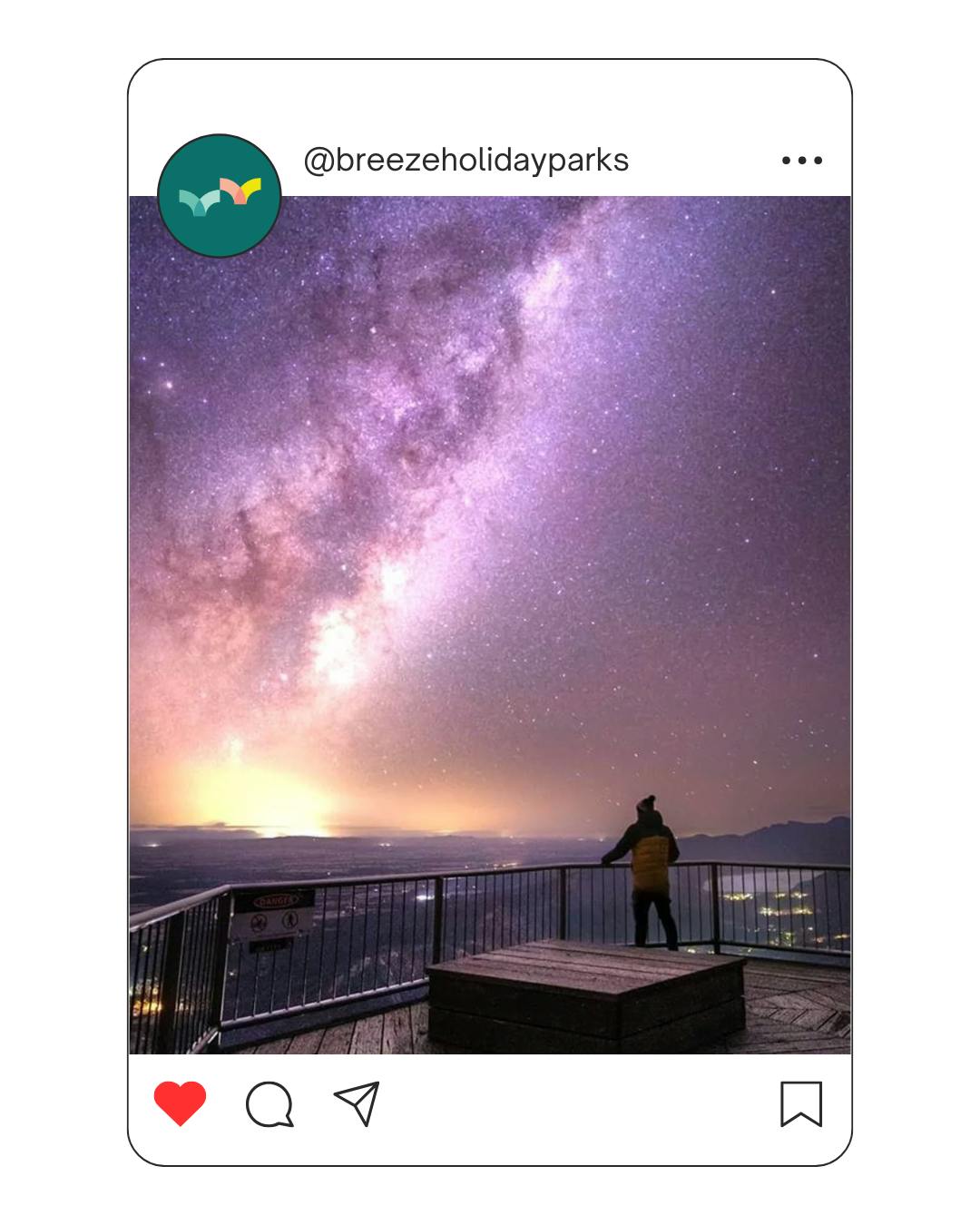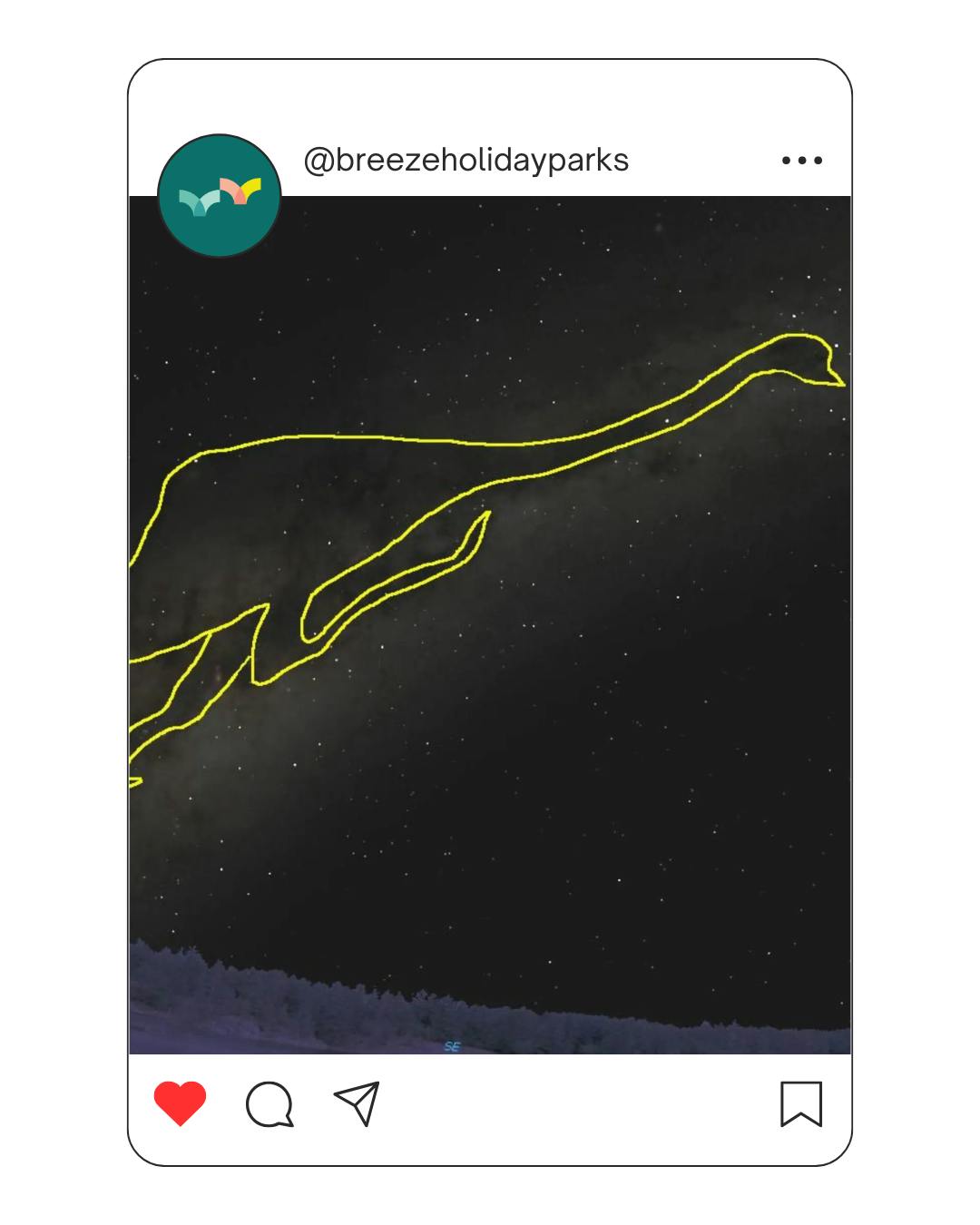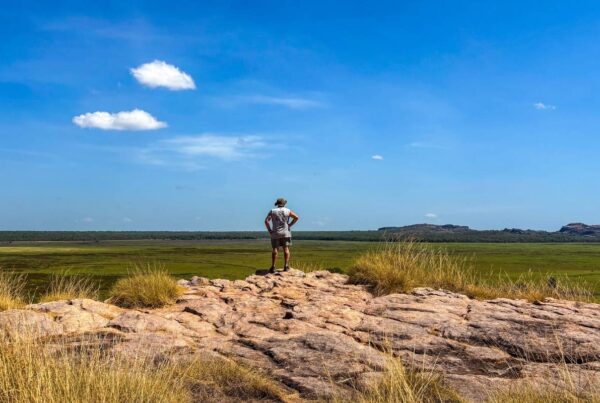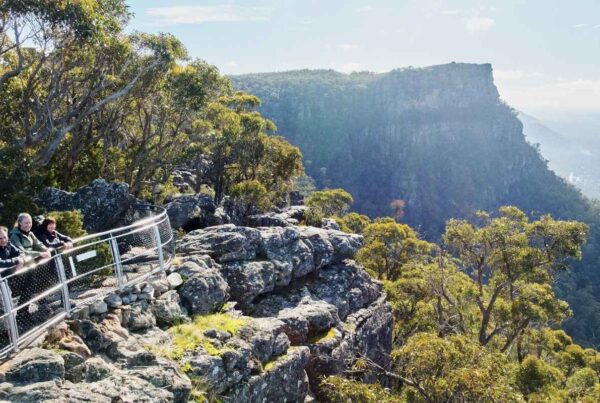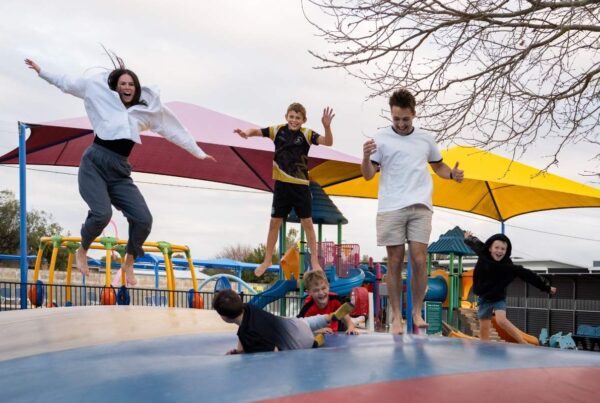Leave the city lights behind, and enjoy a mesmerising night under the stars, dark skies and natural open space make Breeze parks great locations for stargazing around Australia.
Northern Gem
Katherine in the Northern Territory is the perfect first stop, as a small remote town it has limited artificial light and plenty of space for uninterrupted celestial views. Once the sun goes down you can enjoy the ambience of the night straight from your swag, caravan or cabin. Simply turn off the lights and enjoy as the stars pop from the sky.
Crystal-Clear East
The crystal-clear skies of the Grampians offer some of the most incredible spots for stargazing in Victoria. Surround yourself with the regions natural beauty as you explore the top spots to witness the Milky Way.
Visit Boroka Lookout, as it offers an amazing view of the Milky Way as it rises over the mountain ranges of the Grampians. An short 15km outside of Halls Gap, and an easy 5 minute walk from the car park and you will get this view, making it a great accessible spot of the whole family to enjoy.
Staying in the east, head up to Queensland for some incredible night skies. One of the best spots? Rainbow Beach. Head into the great outdoors to Carlo Sand Blow, a ‘moonscape’ mass of sand it created the perfect spot to watch the sun set and the stars bloom in the sky.
Going West
Heading over to the west, stars explode across the sky like caster sugar in the Margaret River region. See the stars as our First Nations people do, a natural calendar, an icon of mythology and story, and as navigational markers guiding through land and sea. Look up and you’ll see the Emu in the Sky; dark nebulae agains’t the Milky Way, find its head next to the Southern Cross, then its legs and body extending from the Great Rift trailing out towards Scorpius.
In this region there is also the chance to witness the Aurora Australis, more commonly known as the southern lights. It appears as stunning curtains of light shifting across the sky in tones of green, purple or red. To keep up with Aurora updates click here.
Our Top Tips for Stargazing
- Winter is the best time for stargazing in Australia, when the nights are longer and darker.
- Remember to dress warmly as temperatures can drop quickly at night, bring a blanket or thermos for something extra to keep you cosy.
- Stay as far away as possible from any source of light pollution.
- Binoculars are a great alternative to a telescope and are a great way to enhance your experience.
- Be safe: stay on tracks and pay attention to all signage and barriers, especially at night time.
Australian 2025 Astronomic Events
Partial Eclipse
March 14
In Queensland the partial eclipse will begin between 16 and 43 minutes after moonrise.
See Mercury, Venus & Saturn
April 1-15
They will form a slowly changing compact group in the eastern sky near sunrise.
Eta Aquariids Meteor Shower
May 7
Look north-east before the dawn begins to break.
Southern Cross
June
Our best-known constellation, whilst easy to find it is best viewed in June when it will be high in the sky during the evenings.
Sagittarius Constellation
August
Containing the centre of the Milky Way galaxy, in August it is best placed to be seen as it will be directly overhead.
See Venus & Jupiter
August 12-13
Two of the brightest planets, they will appear in the skies and seem to be only separated by two moon lengths.
Total Eclipse
September 8
In the early morning the full Moon will move into the shadow of Earth and be totally eclipsed, turning the moon a red or copper colour.
Viewing times:
- East Coast 3.30am to 4.53am
- Northern Territory 3.0am to 4.23am
- Western Australia 1.30am to 2.53 am
Geminids Meteor Shower
December 14 & 15
Look north before dawn to experience the Geminids meteor shower.

